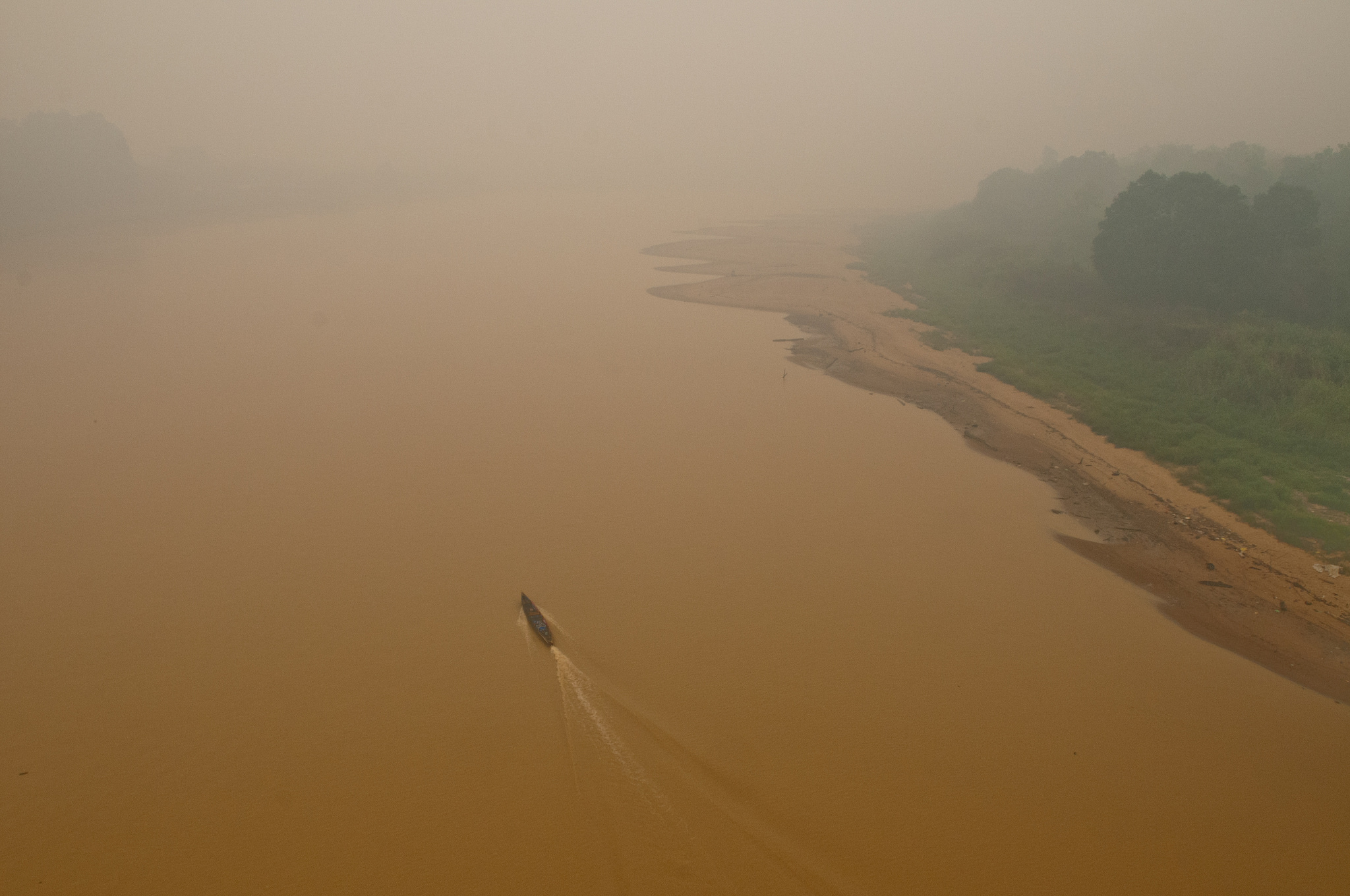After the fire and haze event in 2015, have things improved? What progress has been made?
In 2016 the National Development Planning Agency (Bappenas), together with the Ministries of Agriculture; Environment and Forestry; and Villages, Disadvantaged Regions and Transmigration, came together to develop a ‘grand design’ to reduce fire and haze, which we contributed to. The strategy includes economic incentives to not burn land, and efforts to improve local institutions and the capacity of communities to prevent fires.
The plan has become the guidelines for everyone in Indonesia for 2017 to 2019. And with its implementation, it is believed fires can be reduced by as much as 50 percent from business as usual.
There is a new law, Government Regulation 57/2016 on peatlands management, that we will be discussing in Pekanbaru at this week’s Dialogue. This law has inspired a lot of debate, as it states that all companies with plantations on peat swamps have to move from those lands. This has been a springboard as companies and some local governments have been arguing that this will jeopardize their work and the local and national economy, as there is estimated to be 1.8 million hectares of plantation on peatlands currently. So it is becoming a livelihoods versus conservation issue, with concerns that it will impact outside investment in the country.
Activists in Palangkaraya put masks on city statues as a symbol of protest against peatland fires.
Aulia Erlangga/CIFOR
A farmer works his land in Palangkaraya, Central Kalimantan, on 13 October 2015. The haze from peat fires in the area disrupted harvests, as well as schools, office work and transportation throughout the region.
Aulia Erlangga/CIFOR
You have been conducting research on these issues for years. What has your research demonstrated and what has been accomplished?
In the course of my research in Riau, we have been promoting the development of local laws, as laws mostly come from Jakarta, and we found that there are many local particulars when it comes to fire prevention. We have been working with governments at the provincial and district levels and other stakeholders including the private sector, civil society organizations, non-governmental organizations, and Parliament members to provide inputs, based on our research, to the development of laws and regulations on fire prevention that are adapted to local conditions.
So this will hopefully impact a provincial-level law in Riau and a binding regulation in Bengkalis regency that includes fire prevention and post-fire restoration of peatlands. This is also in line with President Jokowi’s Presidential Instruction No. 15/2015, which requires each province and regency to develop regulations to improve control of fires.
What were the inputs and suggestions for that local Riau law?
In the draft of the law, among others, there is an obligation for the local government to commit sufficient money to fire prevention and restoration and incentivize local communities not to burn. The second input was the obligation to do detailed mapping of the land, because, as we know, it is not always clear who owns the land being burned. Third is support for police, as it can be very difficult to prove who starts fires, and police often don’t have sufficient resources to find the evidence and pursue an investigation. Fourth is improvements to the legal system, including increased awareness by judges, district authorities and the police about environmental laws, as these can be quite unique and some are unfamiliar.




